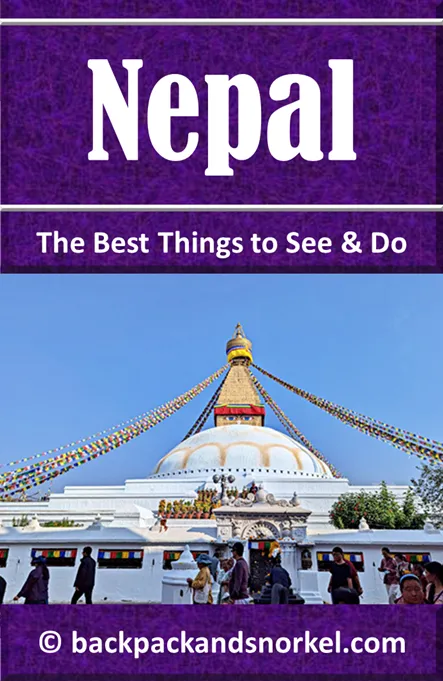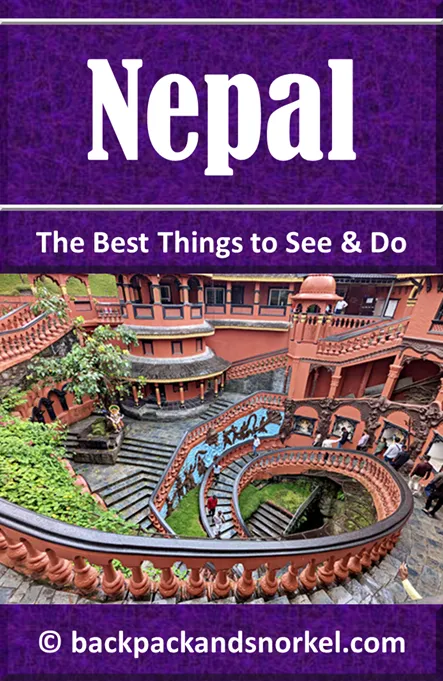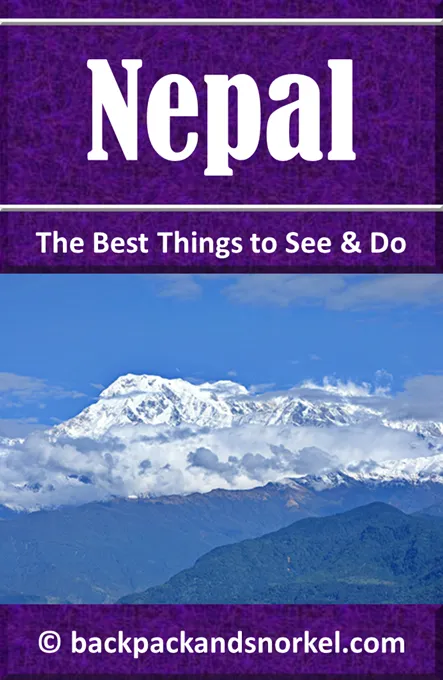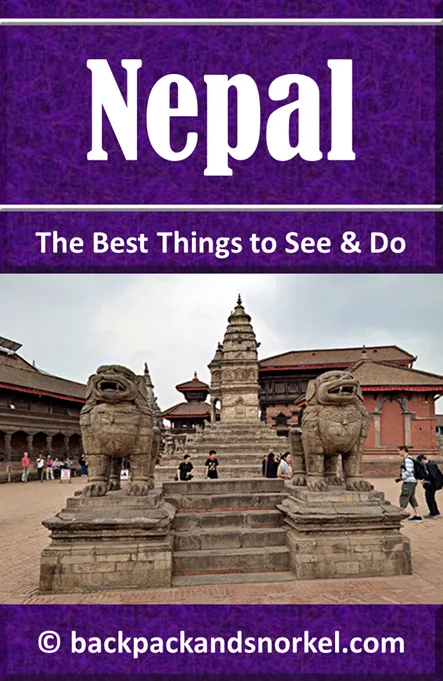Visiting Shree Ghah Chaitya: Experiencing a Quiet Corner of Kathmandu's Spirituality - Nepal Purple Travel Guide
(map, reviews)
This is Premium Content! To access it, please download our
Backpack and Snorkel Purple Travel GuideThe name Shree Ghah Chaitya combines these elements:
‘Shree’ is a Sanskrit prefix denoting respect and auspiciousness.
‘Ghah’ is a local Nepali term meaning ‘house’ or ‘shrine’.
‘Chaitya’ refers to a Buddhist stupa, a domed structure that enshrines relics and represents the enlightened mind of the Buddha.
Put together, Shree Ghah Chaitya can be interpreted as ‘the revered stupa shrine’, symbolizing a sacred site of devotion and spiritual reflection.


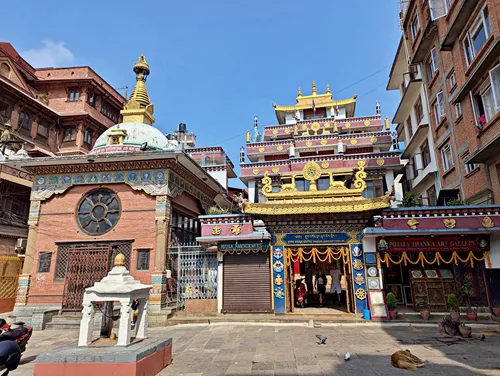
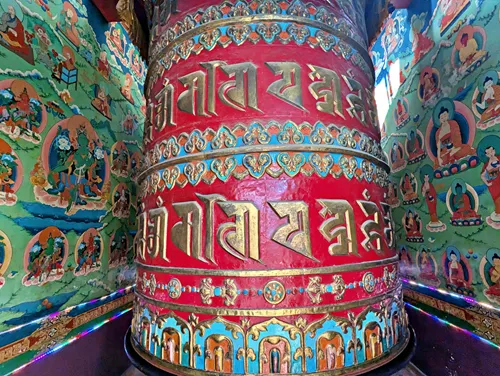
Here at Backpack and Snorkel Travel Guides, we typically promote self-guided walking tours.
But we realize that not everybody likes to walk by themselves in a foreign city. So, just in case that you rather go with ab guide: NO PROBLEM! Please see the Viator tours below.
free GuruWalk tours
paid Viator tours
Historical and Cultural Significanceof Shree Ghah Chaitya
Located at its center is the Kaathe Swayambhu Shree Gha Chaitya stupa, which was built in the 17th century, during the reign of King Pratap Malla. It is one of Kathmandu’s most captivating, and historically rich Buddhist monuments. The stupa is often referred to as the ‘Mini Swayambhunath’, as it is said to be a replica of the original Swayambhunath Stupa. It holds immense religious and cultural value, especially for those who can’t make the trip to the famed Swayambhunath Stupa atop the hill.
What Does the Name Kaathe Swayambhu Shree Gha Chaitya Mean?
'Kaathe' means ‘wooden’ or ‘small’ in Nepali, though in this context it refers to its location in the city center rather than its size.
'Swayambhu' refers to the self-existent stupa believed to have emerged spontaneously in ancient times.
'Shree Gha' is a Newar term meaning a sacred courtyard or religious site.
'Chaitya' is a Buddhist stupa, a dome-like structure representing the enlightened mind of the Buddha.
Put together, Kaathe Swayambhu Shree Gha Chaitya translates roughly to ‘The sacred city chaitya of Swayambhu’, symbolizing a revered replica of the great Swayambhunath stupa.
Architecture of Shree Ghah Chaitya
The stupa’s architecture features classic Buddhist design, a whitewashed dome, eyes of the Buddha gazing in four directions, and a square harmika crowned with a golden spire which has the usual 13 umbrella steps, which signifies the 13 stages to reach Nirvana.
The chaitya is surrounded by prayer wheels, stone lions, miniature stupas, and beautifully carved chaityas donated by devotees over centuries. The central stupa is crowned with the eyes of the Buddha and a spire representing the path to enlightenment.
The site is an active place of worship for Tibetan and Newar Buddhists, especially during festivals like Buddha Jayanti.
Worshippers regularly walk clockwise around the chaitya, spin prayer wheels, and light butter lamps. The site also serves as a community space for Buddhist festivals, teachings, and quiet contemplation.
The stupa is mentioned in an inscription from1552 AD, which says that ‘Megharaja donated the golden pinnacle (Gajur) of the Kathesimbhu Stupa in memory of his deceased son’. This is the only time Megharaja is mentioned in Nepali history, and it is believed that he was a notable individual in Kathmandu.
The stupa was repaired during the reign of king Pratap Malla (1624 - 1674 AD). In 1647, the chaitya was de-consecrated, but restored by Vajracharya (a high-ranking Newar Buddhist priest of the Vajrayana lineage) in 1653.
The Shree Ghah Chaitya Today
Today, Shree Ghah Chaitya remains a peaceful sanctuary in the heart of the capital, preserved by local communities who continue to care for its structure and sanctity. While it is not as large and tourist-heavy as Boudhanath Stupa or Swayambhunath, its authenticity and spiritual charm still make it a rewarding visit even though you have already seen numerous stupas.
Visiting Tips for Shree Ghah Chaitya
Admission is free.
Etiquette: Walk clockwise around the stupa, spin prayer wheels with your right hand, and keep voices low out of respect.
Back to your self-guided tour
Author: Rudy at Backpack and Snorkel
Bio: Owner of Backpack and Snorkel Travel Guides. We create in-depth guides to help you plan unforgettable vacations around the world.
Other popular Purple Travel Guides you may be interested in:
Like this Backpack and Snorkel Purple Travel Guide? Pin these for later:
